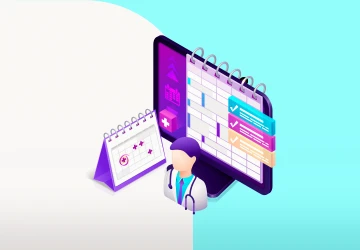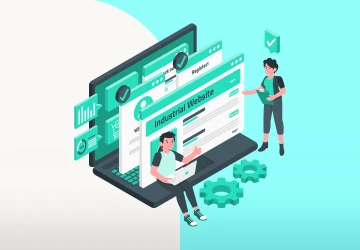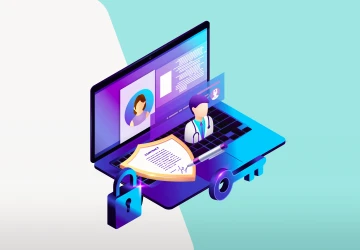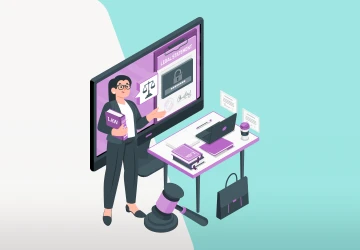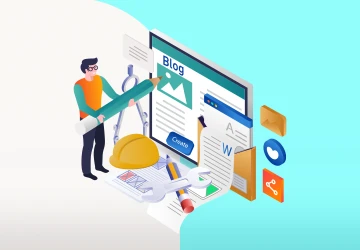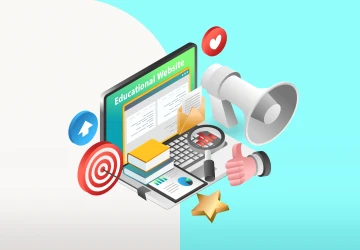Multi-Language Support for Medical Websites: How to Get It Right Without Common Pitfalls
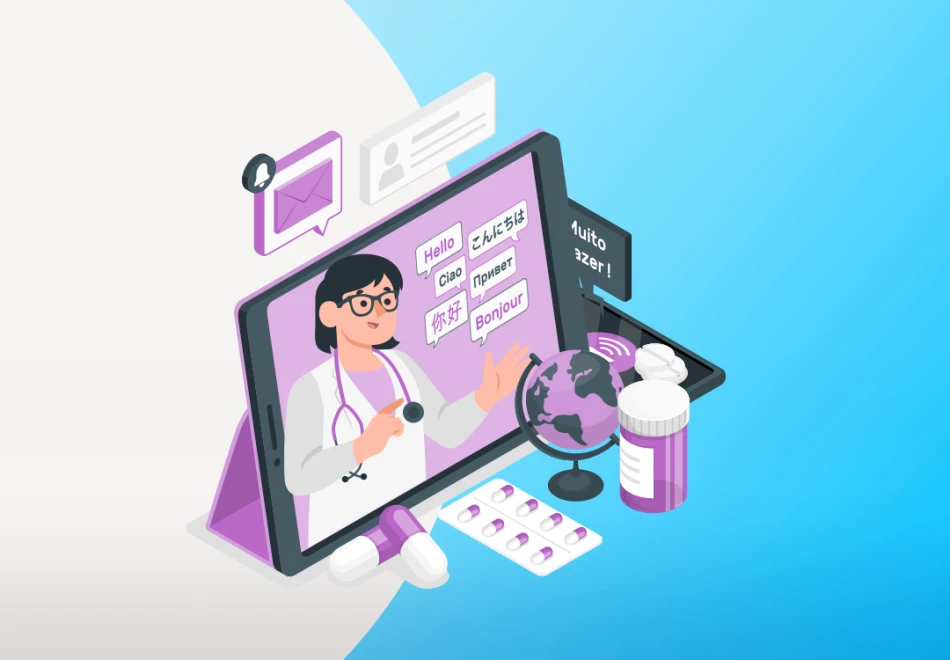
Expanding your healthcare website to include multiple languages isn’t just about being helpful—it’s a powerful way to grow your practice.
Most people prefer to search for medical information in their language, so a multilingual platform can build trust, increase engagement, and attract new patients.
In this guide, I’ll walk you through everything you need to know—from choosing the right languages and translation methods to creating a smooth user experience and meeting legal requirements.
By the end, you’ll have a clear plan for making your healthcare website truly inclusive and welcoming.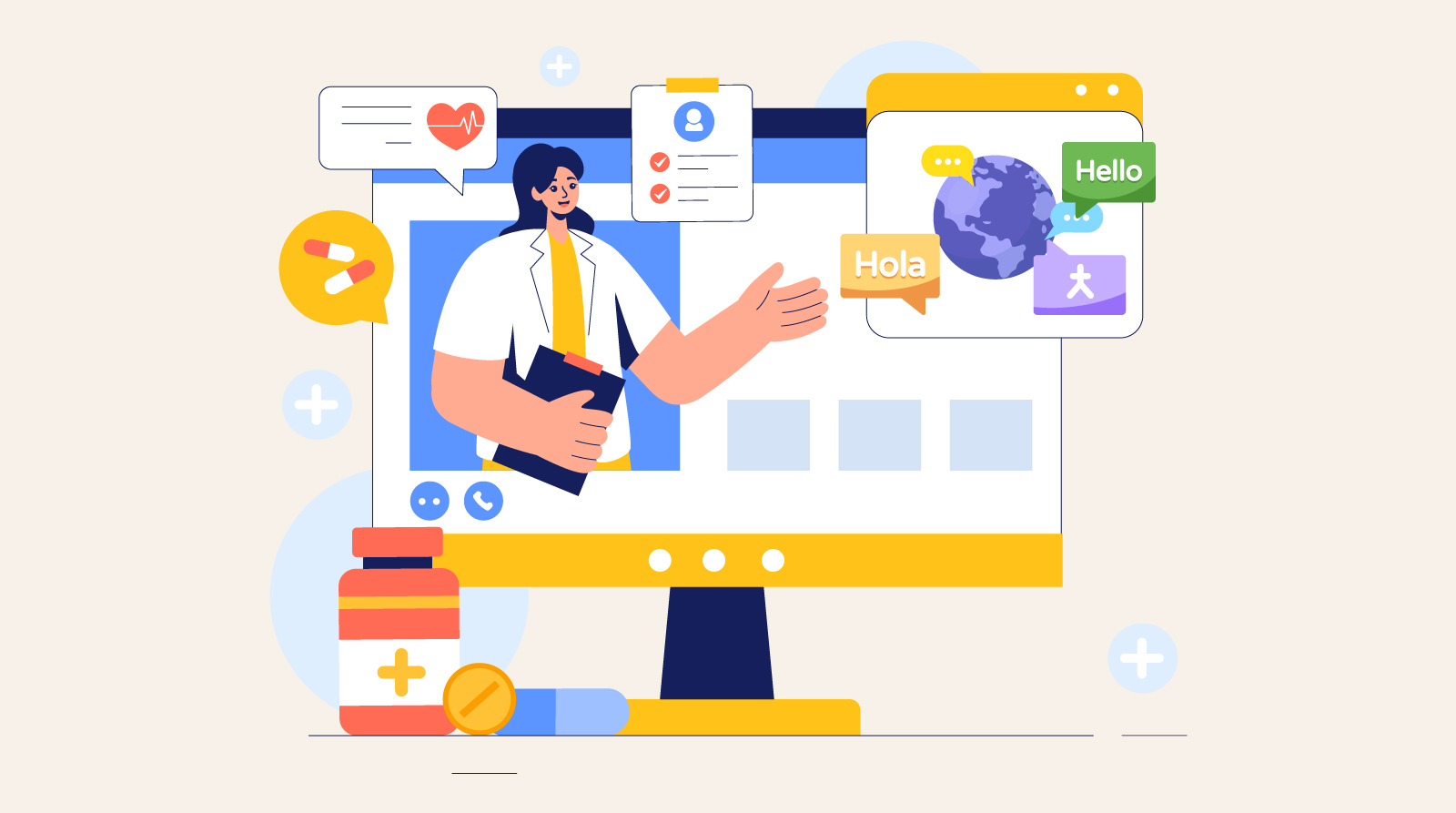
Why Is Offering Multiple Languages Crucial for Healthcare Providers?
1. Legal Obligation to Provide Translation
Healthcare providers—like hospitals, insurance companies, and medical clinics—are legally required to offer language services for patients who don’t speak English fluently.
This isn’t just a recommendation; it’s a legal obligation under Title VI of the Civil Rights Act of 1964.
If a healthcare provider receives federal funding—through programs like Medicare, Medicaid, or SCHIP (State Children’s Health Insurance Program)—they must ensure that patients can access medical information in a language they understand.
This includes key details like patient rights, treatment plans, and consent forms.
The goal is to prevent language barriers from becoming obstacles to care or leading to discrimination based on race, color, or national origin.
But it doesn’t stop at federal laws.
Many states have additional requirements, mandating that healthcare providers offer materials in specific languages based on their local patient demographics.
To stay compliant, providers should check with local authorities to understand what’s required in their area.
The term “healthcare provider” covers a broad range of professionals, including doctors, dentists, chiropractors, psychologists, social workers, optometrists, nurse practitioners, and midwives.
Essentially, if someone is authorized to provide medical care under state law, they must follow these language accessibility regulations.
Because healthcare rules and requirements are always evolving, providers need to regularly update their websites and patient materials to ensure they’re in compliance.
A hospital or clinic’s website is often the first place a patient looks for information, so it’s essential that key details are available in multiple languages.
To ensure translations are accurate and legally sound, healthcare organizations should work with professional language service providers.
These experts specialize in medical terminology and legal compliance, ensuring translations are not just linguistically correct but also meet industry standards.
2. Staff Efficiency Improvement
A healthcare provider’s website is often the first point of contact for patients, making accurate translations essential.
When key information—such as hospital policies, appointment booking procedures, and patient rights—is translated, patients with limited English proficiency can quickly find answers on their own.
This reduces the time medical staff spend answering basic questions or clarifying policies, allowing them to focus on direct patient care.
By combining website translation with professional interpretation services, providers can streamline workflows and free up staff to handle more complex tasks.
Undistracted staff can work more efficiently, ensuring that all patients receive timely, high-quality care.
Partnering with a language service company experienced in the healthcare sector can further enhance efficiency.
Such providers offer both translation and interpretation solutions—either bundled or a la carte—tailored to healthcare organizations.
This approach ensures that all language needs are met, from website content to in-person or over-the-phone interpretation, improving patient care and staff productivity.
3. Patient Experience Enhancement
When people visit a healthcare website, they’re often worried, stressed, or looking for urgent answers.
The last thing they need is a language barrier getting in the way.
That’s why it’s so important to make sure all patients—no matter what language they speak—can easily find what they need.
A well-translated website helps patients:
Find the right doctor or healthcare service
Access their medical records, like test results and health history
Understand billing and make payments without confusion
When this information is clear and accessible, patients feel more in control of their healthcare.
They can make informed decisions, avoid unnecessary stress, and get the help they need faster.
But website translation is just the beginning.
To truly improve the patient experience, healthcare providers should also translate important documents, including:
Treatment instructions
Consent forms
Patient surveys
Hospital discharge summaries
Medication labels and pharmacy materials
Health brochures and patient education materials
Medical history reports
Clinical trial information
Since many of these documents contain sensitive health information, it’s key to work with a HIPAA and HITECH-compliant translation service.
HIPAA Compliance: This ensures that patient data stays private and secure, as required by U.S. law.
HITECH Compliance: This law enforces strict audits to make sure healthcare organizations follow HIPAA security and privacy rules.
A trustworthy language service provider will have official HIPAA and HITECH certifications—always ask for proof before working with them.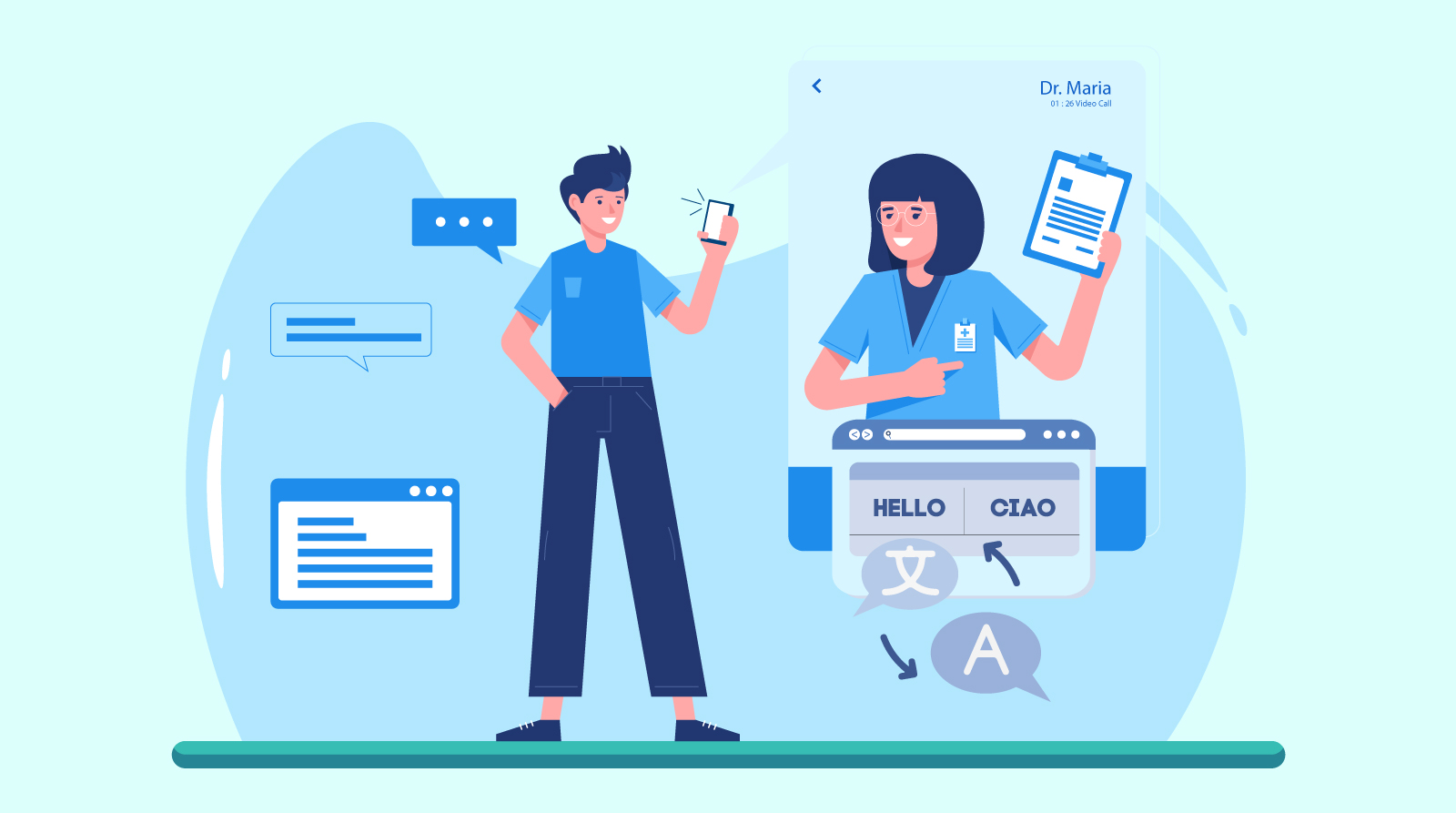
4. More Patients Reach
In the U.S., there are over 60 million people who speak a language other than English at home, and more than 25 million of them report not speaking English very well.
This means a huge number of people might find it tough to get the healthcare they need if all the information is only available in English.
This is exactly why Arabic-English medical websites are so important.
There’s a bunch of research that shows people really engage more when they can get information in their own language:
72.4% of consumers are more likely to go for a service or product if they can read about it in their language.
72.1% of consumers stick mostly to websites that are in their language.
56.2% of consumers think having information in their own language is even more important than how much things cost.
When healthcare providers invest in making their websites accessible in multiple languages like Arabic and English, it knocks down huge barriers.
It becomes way easier for folks who don’t speak English well to find their way around the site, book appointments, and grasp what their treatment options are.
5. Better Health Outcomes
Patients who don’t speak English fluently often struggle to get the healthcare they need.
They might misunderstand their diagnosis, take medications incorrectly, or have trouble explaining their symptoms to a doctor.
These challenges can lead to serious problems—delayed treatments, poor health management, and even life-threatening mistakes.
This is where Arabic-English medical websites make a big difference.
A healthcare provider’s website is often the first place patients look for information.
If the content is translated clearly and accurately, patients can better understand their symptoms, treatments, and medications.
This helps them make informed decisions and follow medical advice correctly, reducing health risks.
But translation alone isn’t enough.
The best approach combines translation tools with professional interpretation services.
This way, patients not only have access to written medical information in their language but also get the help they need when speaking with doctors.
What Are the First Steps to Creating a Multilingual Medical Website?
1. Define Your Website Scope
Before jumping into translations, take a step back and think about what you really need.
Every healthcare provider is different, so your approach to creating a multilingual platform should match your patient base and goals.
If you serve a large number of non-English-speaking patients, it might make sense to translate your entire website, ensuring everything from services to appointment scheduling is fully accessible.
But for some providers, a simpler approach—like translating only key pages with essential information—may be enough.
Here are a few things to consider:
How much of your website should be translated? Do you need a full Arabic-English medical website, or just a few key pages in another language?
Will you translate all website elements? Things like buttons, banners, and graphics may need to be updated to maintain a seamless experience.
Should the site’s structure change? Sometimes, organizing pages differently for different languages can improve user experience.
Which features should be multilingual? If your site has a physician directory, patient engagement quiz, or secure forms, decide whether these should be available in multiple languages.
2. Avoid Automated Translation
Using automatic tools like Google Translate might seem like an easy fix, but it can cause big problems in healthcare.
Even Google is moving away from these plugins, which suggests they want more accurate, high-quality content rather than machine-generated text.
While free or cheap translation tools can be tempting, they often create awkward or incorrect translations.
In a medical context, that’s a serious risk—patients could misunderstand instructions, take the wrong medication doses, or misinterpret important forms, which can lead to real harm.
3. Prioritize Human Translators
Now that we’ve covered why automated translation tools aren’t the best choice, let’s talk about the right way to do it—using human translators.
No matter how advanced translation technology gets, computers still struggle to understand language the way humans do.
Automated tools might translate words literally, but they often miss the meaning, tone, and cultural context that make a message clear and natural.
That’s why relying on a real person—a native speaker—to translate your medical website is essential.
A professional human translator ensures that:
The translation makes sense and flows naturally.
Medical terminology is translated correctly with no room for misunderstandings.
Patients feel comfortable and confident navigating your Arabic-English medical website.
4. Choose the Right Software & Platform
Once you’ve decided on your Arabic-English medical website strategy, the next step is choosing the right software and platform to support your multilingual content.
If your website is built on WordPress, you have several options to help you manage translations, depending on how much content you need to translate and how you want to structure your site.
Here are a few ways to handle multilingual content:
Create separate categories or custom post types – If you only need to translate a few key pages, you might not need a full multilingual platform. Instead, you can organize translated content under specific categories within the same website.
Host a duplicate version of your site on a different domain – Some healthcare providers choose to duplicate their entire website and host separate versions for different languages (e.g., example.com for English and example.ar for Arabic). While this keeps things simple for users, it requires maintaining multiple websites, which can be time-consuming.
Use WordPress multilingual plugins – If you want a more automated approach, there are translation tools available in the form of WordPress plugins. Some of the most popular ones include:
Multilingual Press (free) – Allows you to run multiple languages as separate websites but link them together.
Bogo (free) – A lightweight option that adds a second language without overcomplicating your site.
WPML (paid) – A powerful, feature-rich plugin that can handle full multilingual website management. However, it requires a developer with experience in WPML setup, as it can be complex to configure.
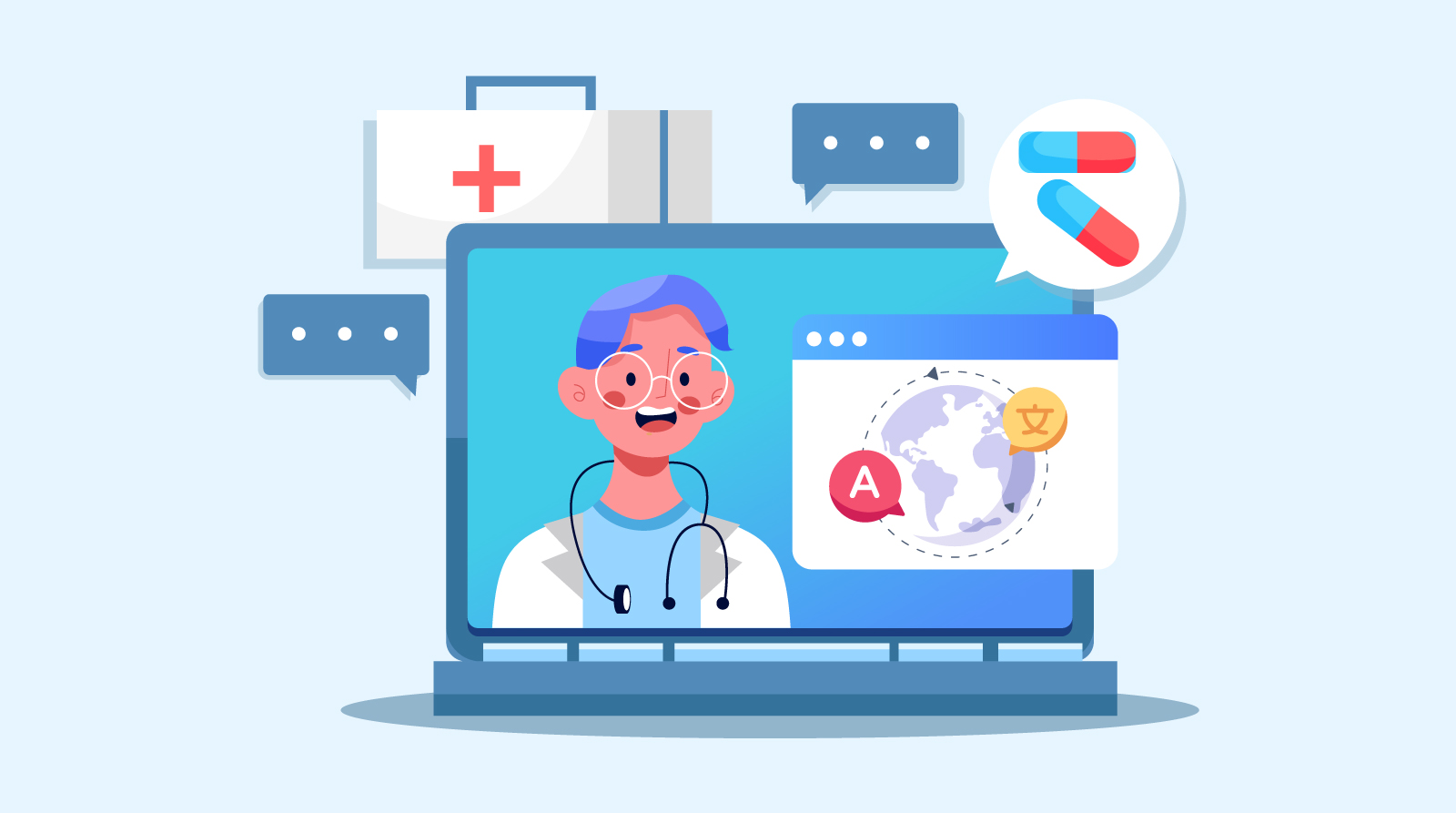
5. Optimize User Experience
Your visitors are your priority, and their experience on your Arabic-English medical website should feel simple and intuitive.
A multilingual platform isn’t just about offering translations—it’s about making it effortless for users to switch to the language they’re most comfortable with.
If they can’t find the language option quickly, even the best translations won’t help.
One of the easiest ways to improve user experience is by adding a language switcher.
Placing a dropdown menu in the top right corner of your site makes it easy for visitors to spot and use.
This small feature can make a huge difference, ensuring patients can navigate the site without frustration.
Here’s how to make language selection smooth and user-friendly:
Make it easy to find – The language switcher should be visible on every page, so users don’t have to search for it.
Use clear labels – Show the full language name in its native form (e.g., "English" instead of "ENG" and "العربية" instead of "AR") so there’s no confusion.
Keep it seamless – Once a visitor chooses their language, the site should remember their selection so they don’t have to switch it again while browsing.
6. Research Audience & Keywords
Before translating your website, take a step back and do a little research.
Just like any online marketing strategy, adding new languages to your site should be based on real data—not just guesswork.
First, figure out which languages matter most to your audience.
There’s no point in translating your site into a language that no one in your area speaks.
Instead, focus on languages that will help you reach more patients.
Here’s how to find out:
Check your website analytics – Tools like Google Analytics can show where your visitors are from and what languages they use.
Look at local demographics – Your city’s census data or population reports can reveal which languages are commonly spoken in your area.
If you see a large number of Arabic, Spanish, or other non-English-speaking visitors, that’s a strong sign that a multilingual platform could help you connect with more patients.
But translation alone isn’t enough—you also need to think about how people search in different languages.
Just like in English, search behavior varies, and people might use different words or phrases when looking for medical services.
Here’s how to get started:
Find the right search terms – Look up popular keywords in different languages related to healthcare.
Use keyword research tools – Platforms like Google Keyword Planner can help you discover what patients are searching for in their native language.
Check out your competition – See how other multilingual websites structure their content and which translation tools they use to improve SEO.
7. Ensure Legal Compliance
Chances are, you’ve heard about Section 1557 of the Affordable Care Act (ACA), which requires healthcare providers to offer language access services.
If you’re translating your website, you’re not just doing something helpful—it’s also often a legal requirement for many healthcare organizations.
One easy way to figure out which languages to include is to look at the top languages required under Section 1557.
You don’t have to translate every single page into dozens of languages, but focusing on a few of the most common ones can go a long way.
FAQs
How to Support Multiple Languages on a Website?
Use a CMS with multilingual plugins or subdomains for each language. Ensure professional translations, clear language selection, and consistent design.
What Is Multi-Language Support?
A website or system can offer content in various languages. This expands audience reach and improves user experience across linguistic groups.
What Language Is Used for Medical Devices?
English is commonly required, but local regulations may demand translations for specific markets. Labels, manuals, and interfaces must meet safety and compliance standards in each relevant language.
What Is the Advantage of a Multilingual Feature in a Website?
It helps you connect with more people, boosts user satisfaction, and builds trust. In healthcare, it also improves accessibility, patient engagement, and legal compliance.
Final Thoughts
We’ve covered the crucial steps for building a user-friendly, legally compliant multilingual medical website.
That includes defining your scope, avoiding machine-translation pitfalls, hiring human translators, choosing the right software, optimizing user experience, researching audience keywords, and staying compliant with regulations.
Here’s a professional tip: always have a native speaker review your translations for subtle errors or cultural misunderstandings.
If you’re ready to boost patient engagement and grow your practice, reach out to our team today.
We’re here to help you build a multilingual platform that truly connects with your diverse audience.

